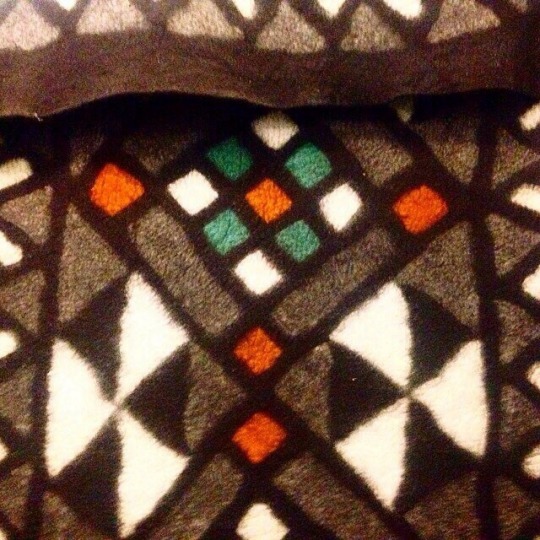Video
youtube
Miñi-Taw (Karachay-Balkar song)
#karachay#balkar#balkaria#chegem#Bezengi#uchkulan#khurzuk#malkar#taulu#mingi tau#caucasian#caucasus#Caucaso#caucase#caucasian folk#kavkaz#tawlu#iynar#mountains#elbrus#elbrous#elbrouz#thisiscaucasian#turkic#Alania#alans#alan#assia#baksan
20 notes
·
View notes
Photo

Uchkulan, Karachay-Cherkessia, North Caucasus.
#uchkulan#karachay#karachays#balkar#balkaria#taulu#alans#turkic#russia#caucasian#caucasus#caucaso#caucase#karatchai#karatschaier#malkar#karachay-balkar#kuban#alania#карачаевцы#балкарцы#таулу#таулула#аланла#карачай#балкария#учкулан
17 notes
·
View notes
Video
The Karachay-Balkar language (Къарачай-Малкъар тил, Qaraçay-Malqar til or Таулу тил, Tawlu til) is a Turkic language spoken by the Karachay and Balkar people of North Caucasus.
#caucasus#caucasian#caucasian folk#literature#poem#karachay#karachays#balkar#baksan#balkars#balkaria#balkarian#malkar#mingi tau#tawlu#taulu#turkic#Alania#alans#hurzuk#uchkulan#holam#Bezengi#elbrus#alanla#turk#turkish#karatchai#north caucasus#caraciai
2 notes
·
View notes
Audio

#karachay#malkar#caucasian#caucasus#folklore#alania#tawlu#nart saga#mingi tau#elbrus#karachays#balkars#caucasian folk#balkaria#alans#balkar#baksan#bezengi#holam#chegem#uchkulan#khurzuk#nalchik#cherkessk#karachayevsk#tyrnyauz#karachay balkar#authentic#narts
0 notes
Photo

In ancient times, our ancestors discovered an amazing capacity of the finest wool fibers to interlace when they were rubbed against each other. It was only enough to rumple, rub, roll, or swirl soft wool yarn and it became thicker turning into felt fabric. This is how manual felting was invented and used for ages to make fabrics, garments and incredibly beautiful carpets with ornamental decorations of felt now exhibited for tourists in numerous museums all around the world.
The art of making decorative felt patterns has been known to many nations that domesticated sheep and goats. Felting is especially popular in Caucasus, Central Asia and Kazakhstan. People used felt for beds, home decorations, items of traditional handicraft, and passed them on as dowry. Felt has been everywhere in daily life and traditions.
In various regions, traditions of making felt carpets were different in composition, ornaments, color and manufacturing techniques.
Felting in North Caucasus has always been especially complex. Unlike Kazakh or Kirghiz felt decorations, which were made by driving pegs with dyed wool into roughly felted warp only on the front side, Balkar and Karachay felt carpets, called ala kiyzy, were made with decorations on both the sides. No doubt, it required the masters to be highly skilled, hardworking, experienced and patient.
For art, people mostly used the white fleece of Caucasus sheep. The wool sheared in autumn was highly valued, because its fibers interlaced better. The felt made of this wool was especially thick, homogeneous and capable of bearing decorations with clearer patterns.
Manual felting of dyed fleece is extremely hard. It took more than a month of thorough and hard work to make a small felt carpet of only 120 x 80 cm.
In spite of all its complexity, felt was traditionally manufactured by women in Caucasus. They mastered this difficult craft from a young age. The kiyiz carpets stacked on shelves demonstrated not only the wealth of a family, but also the hard work of the women living in the family. The secrets of making kiyiz was passed on from generation to generation by the hands of these female masters.
Complex and intricate ornaments is another specialty of felt carpets in Caucasus. The patterns are not simply geometric shapes. They are numerous horn-like curls alluding to ram horns or heads. The ornaments of these felt items sometimes depicted humans or body parts too, for example, a leg, a hand, a heart, as well as different S-shaped figures, round solar signs, circles and crosses with curling edges.
Laying an ornament is one of the most important operations requiring a lot of experience. It is a process of art, which requires experience, good taste, color combination skills and imagination, because the patter is laid from memory. It will influence the value of the future item made from felt.
All decorations of the ancient kiyiz were based on contrasting white ornaments drawn on the black. In felt items made for festivities, the gray shades of natural wool were livened up with orange color extracted from barberry roots. This color range has long been a national feature of felt carpets in both Balkaria and Karachay.
Traditional felting is not merely a popular handicraft. It reflects the spiritual life and day-to-day customs of nations, and therefore it will never become outdated.
From ancient times until today, the only school has been the popular tradition of passing this art from generation to generation. Unfortunately, we are observing the cradles of this popular art disappearing, the thread of creative traditions being torn, and the secrets of the masters being forgotten.
The young generation must learn to understand and value the popular art, which is the embodiment of many-centuries long experience of people, and inexhaustible treasury of beauty and wisdom imprinted in this ancient craft.
Image of Kez Kiyiz (Mottled Felted Carpet)
Text from here
25 notes
·
View notes





